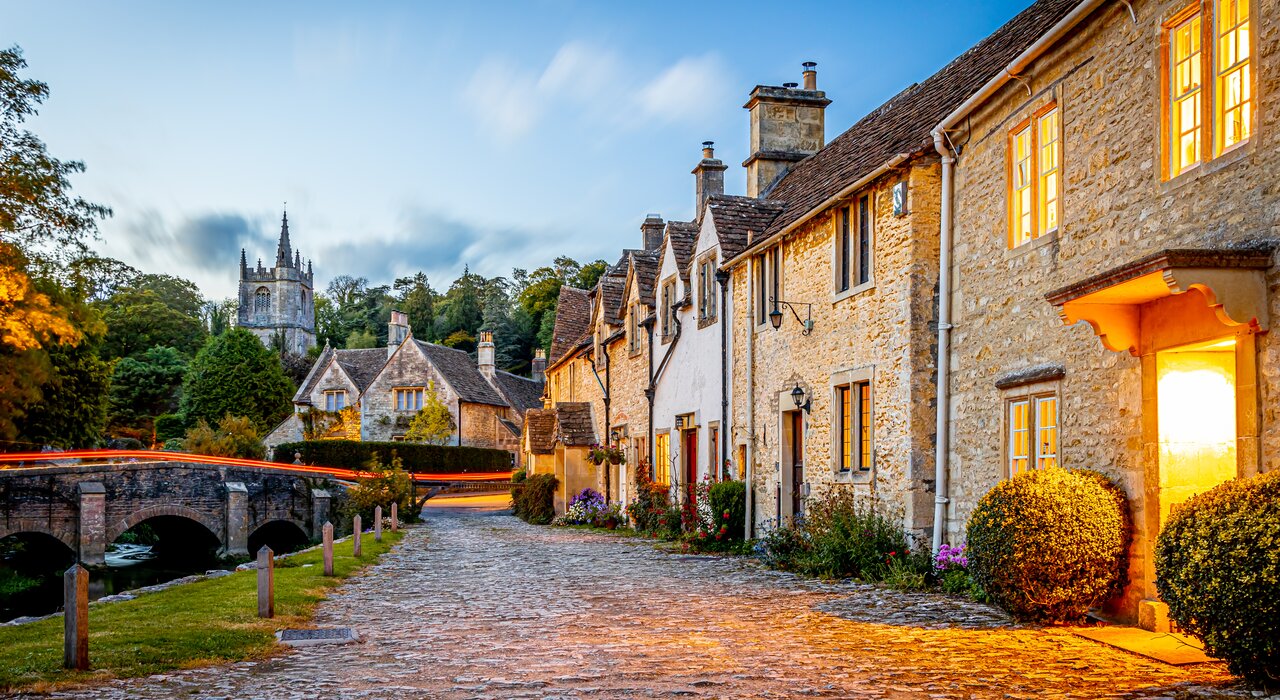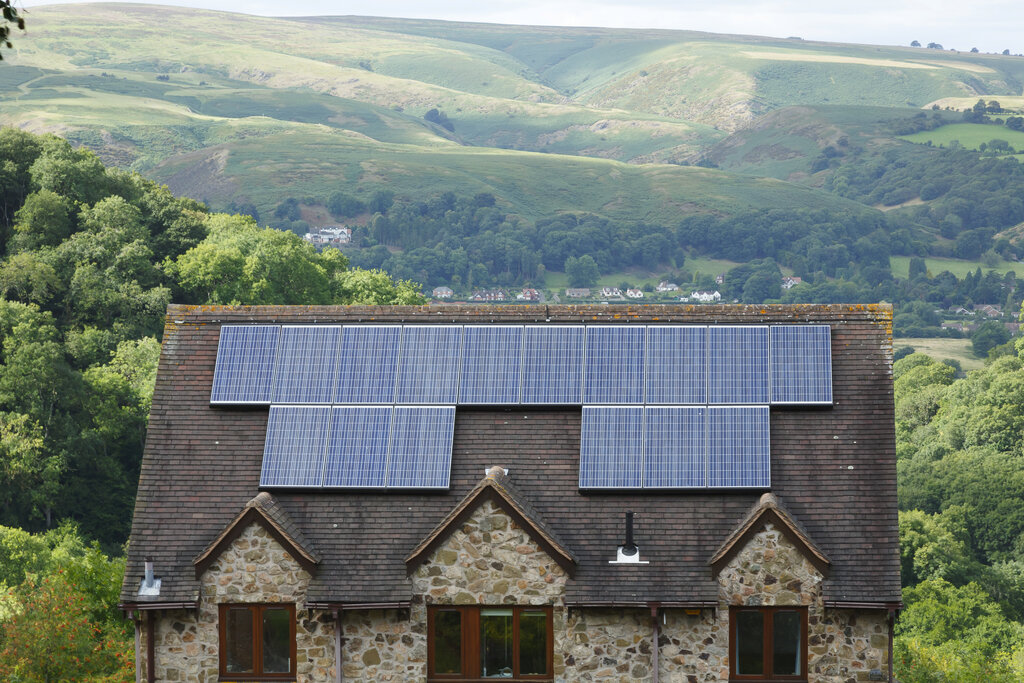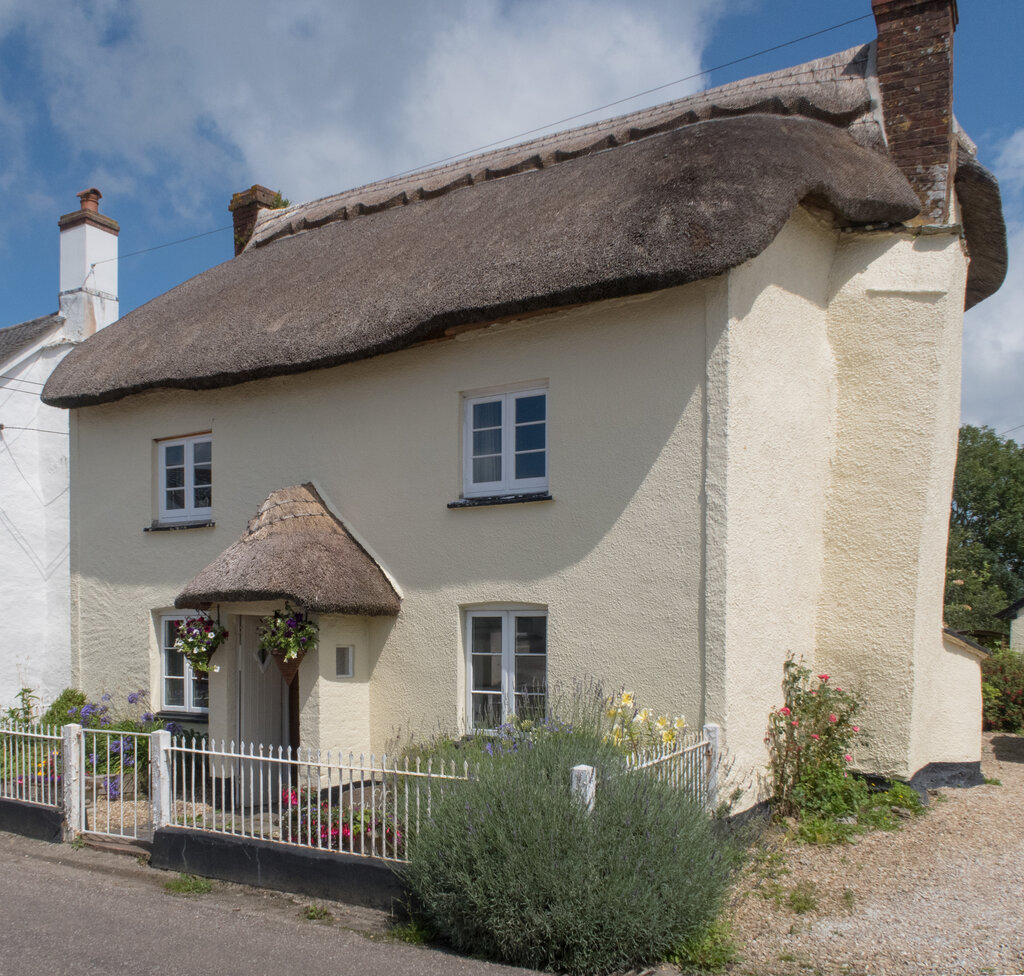
- Why is energy efficiency in historic buildings important?
- Strategies for improving energy efficiency
- Specific ways to improve energy efficiency
- 1. Secondary Glazing
- 2. Draught-Proofing
- 3. Insulation
- 4. Energy-Efficient Heating Systems
- 5. Radiator Reflectors and Upgrades
- 6. LED Lighting
- 7. Solar Panels and Renewable Energy Sources
- 8. Window Treatments
- 9. Smart Controls and Systems
- 10. Ventilation Improvements
- Can you install EWI on historic buildings?
- Challenges of installing EWI
In an era where sustainability is paramount, the United Kingdom continues to take steps to integrate energy efficiency within the fabric of its historical heritage. With new plans unveiled, the government aims to balance the preservation of historic buildings with the pressing need for energy efficiency. The drive towards energy efficiency in historic buildings is not merely an environmental or economic concern. It is a matter of preserving national heritage while ensuring these structures can sustainably serve future generations. Historic buildings are inherently less energy efficient due to their age, construction materials, and architectural designs not made with modern energy standards in mind. This inefficiency becomes a significant issue, leading to increased energy consumption, higher greenhouse gas emissions, and elevated costs for inhabitants.
Why is energy efficiency in historic buildings important?
Owners of pre-1919 buildings, characterised by their solid walls, single-glazed windows, and outdated heating systems, are particularly affected. While aesthetically pleasing and historically significant, these architectural features are not conducive to retaining heat or promoting energy conservation. Consequently, these homeowners face an average of £428 annual energy bills higher than those in more modern, energy-efficient homes. This disparity burdens individuals financially and contributes to the broader challenge of reducing national carbon emissions. The imperative for energy efficiency in these buildings extends beyond individual financial savings. It's a crucial step towards achieving the UK's target of reaching Net Zero by 2050. Retrofitting historic buildings with energy-efficient technologies and materials presents an opportunity to reduce the country's overall energy consumption and carbon footprint. Moreover, enhancing the energy efficiency of these homes can improve indoor air quality and thermal comfort, making these historic buildings more livable and sustainable for current residents. However, the path to retrofitting these structures is fraught with challenges. The primary challenge is preserving their architectural integrity and historical significance. Traditional energy efficiency measures, such as installing double-glazed windows or external wall insulation, can alter the appearance and character of historic buildings, leading to concerns about the loss of heritage value. This has made planning permissions contentious, with homeowners often facing delays and frustrations securing approval for necessary retrofitting works. The government's review and subsequent commitments aim to address these challenges by providing clearer guidance, streamlining the planning process, and promoting retrofitting techniques sympathetic to these buildings' historical and architectural significance. By doing so, it seeks to ensure that the UK's historic homes can contribute to the country's energy efficiency goals without compromising their heritage value.
Strategies for improving energy efficiency
The government's commitments include:
- Developing a National Development Management Policy: This ensures consistency in decision-making for historic buildings and provides clearer directions for homeowners and authorities alike.
- Promoting Listed Building Consent Orders: This measure seeks to streamline improvements by eliminating the need for individual consent applications for each retrofitting project.
- Enhancing Guidance and Support: The government intends to demystify the process of making historic homes more energy-efficient by offering clearer guidance to homeowners and bolstering the construction industry's retrofitting capabilities.
- Reforming Energy Performance Certificates: Ensuring these certificates accurately reflect the energy status of homes, thereby guiding improvements more effectively.
Duncan Wilson, Chief Executive of Historic England, heralds the review as a positive step towards integrating historic buildings into the UK's Net Zero transition. It signifies a departure from viewing heritage as a barrier to embracing its potential as a catalyst for sustainable change.
Specific ways to improve energy efficiency
1. Secondary Glazing
Secondary glazing involves installing additional glass or clear acrylic inside existing windows. This method is particularly suitable for historic buildings as it maintains the exterior appearance while significantly improving thermal insulation and soundproofing.
2. Draught-Proofing
Sealing gaps around windows, doors, floorboards, and loft hatches can prevent unwanted airflow and reduce heat loss. Draught-proofing is one of the most cost-effective ways to improve energy efficiency. Crucially, it can implemented without compromising the building's aesthetic.
3. Insulation
- Roof and Loft Insulation: Heat rises, making insulating the roof or loft crucial. Insulating these areas can be done without impacting the building's external appearance.
- Internal Wall Insulation: Internal wall insulation might be viable for buildings where external insulation would affect the facade. It involves adding an insulation layer to the interior walls, followed by plasterboard.
[caption id="attachment_65347" align="aligncenter" width="1024"] Loft insulation for heritage homes will not affect the external façade[/caption]
Loft insulation for heritage homes will not affect the external façade[/caption]
4. Energy-Efficient Heating Systems
Upgrading to a more efficient heating system can significantly reduce energy consumption. For historic buildings, it's essential to choose systems that can be installed without structural changes, such as high-efficiency boilers, infrared panels, or heat pumps.
5. Radiator Reflectors and Upgrades
Installing reflector panels behind radiators can prevent heat from being absorbed into the walls, directing it back into the room instead. Upgrading to more efficient radiators or adding thermostatic valves allows for better temperature control in individual rooms.
6. LED Lighting
Replacing traditional incandescent bulbs with LED lighting can dramatically reduce energy consumption for lighting. LEDs can be designed to fit into historic fixtures, maintaining the building's character while improving efficiency.
7. Solar Panels and Renewable Energy Sources
Solar panels or other renewable energy sources can be considered where appropriate and without compromising the building's aesthetics. For example, solar panels could be placed on less visible roof slopes. Ground-source heat pumps could be installed to provide sustainable heating.
[caption id="attachment_73854" align="aligncenter" width="1024"] Solar panels are simple ways of enhancing energy efficiency without affecting old stone walls[/caption]
Solar panels are simple ways of enhancing energy efficiency without affecting old stone walls[/caption]
8. Window Treatments
Heavy curtains, shutters, and blinds can provide additional insulation around windows, reducing heat loss in the winter and heat gain in the summer. These treatments can be chosen to complement the building's historical character.
9. Smart Controls and Systems
Installing smart thermostats and energy management systems allows for more precise control over heating, cooling, and lighting, ensuring these systems are used only when needed and thus reducing energy consumption.
10. Ventilation Improvements
Proper ventilation is crucial to prevent moisture accumulation and ensure a healthy indoor environment, especially when building more airtight through draught-proofing and insulation.Careful planning of ventilation systems can improve air quality without compromising energy efficiency.
Can you install EWI on historic buildings?
Challenges of installing EWI
- Aesthetic and Physical Impact: Historic buildings often have architectural features and materials contributing to their character and significance. Installing EWI can alter or obscure these features, impacting the building's appearance and historical value.
- Moisture Management: Historic buildings typically have walls that 'breathe', allowing moisture to evaporate naturally. EWI can alter the moisture dynamics of the wall, potentially leading to dampness and deterioration of historic fabric if not carefully managed. For this, lime basecoat and lime render are suitable as they maintain breathability and aesthetics.
- Planning and Conservation Regulations: In many jurisdictions, alterations to listed buildings or buildings within conservation areas are subject to strict regulations. Installing EWI may require consent from local planning authorities. Proposals also must demonstrate that they do not adversely affect the building's character or setting.
[caption id="attachment_72562" align="aligncenter" width="1024"] Lime render is a popular finish on older homes and can usually be applied without special dispensation as it complies with conservation[/caption]
Despite these challenges, there are circumstances where EWI might be considered for historic buildings, especially if:
Lime render is a popular finish on older homes and can usually be applied without special dispensation as it complies with conservation[/caption]
Despite these challenges, there are circumstances where EWI might be considered for historic buildings, especially if:
- The building is not listed or within a conservation area, but it is still of historical interest.
- Some parts of the building are less sensitive to aesthetic changes. The installation of EWI would have a minimal visual impact on rear elevations or outbuildings.
- The building is at risk due to poor thermal performance, and other less invasive measures have been insufficient in addressing energy efficiency and comfort issues.
